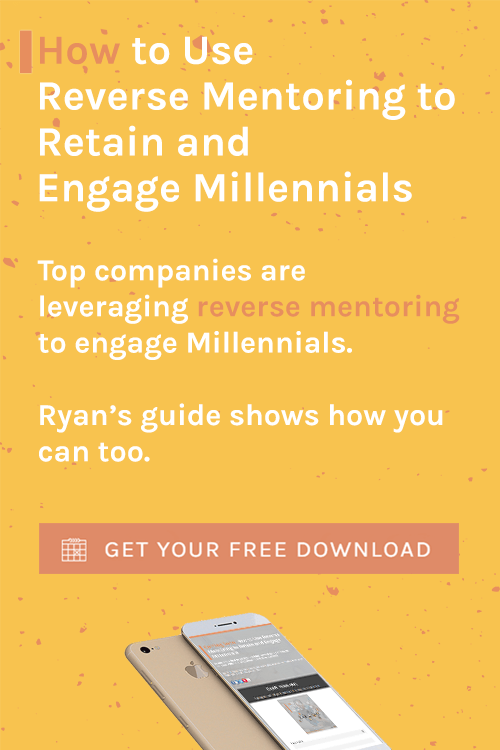How separate simultaneous shipwrecks on the same island orchestrated an invaluable real-life experiment in teamwork and connection.
%20Succeed%20copy.jpg?width=638&height=425&name=How%20Social%20Fitness%20Helps%20You%20(and%20Your%20Team)%20Succeed%20copy.jpg)
On January 3, 1864, a ship called the Grafton was sunk by a hurricane on the southern end of Auckland Island, part of the New Zealand subantarctic area. Four months later, another ship, the Invercauld, was astonishingly sunk by a violent storm on the opposite end of Auckland Island. Two different ships, just a few months apart, sunk near the same island on opposing coasts.
Both crews made it to shore but not to safety, as Auckland Island is one of the most inhospitable places on Earth. Freezing rain, howling winds, and little to eat year-round make Auckland Island a miserable place to be. Both crews would spend more than a year together on the island, unaware of the other crew's presence.
Unknown to these crews, fate had orchestrated an interesting experiment in teamwork and connection.
The threats of survival were similar for both groups, but the results were very different. The Grafton and Invercauld captains and crews developed different governance structures and group norms when confronted with the new island conditions that, to solitary individuals, meant likely death.
The Invercauld crew retained the formal hierarchy used on the boat and did not devise a new team structure to survive on land. The lack of structure to fit their new circumstances resulted in the crew behaving and being motivated by self-interest. As a result, the crew splintered and fought and descended into cannibalism; only three of the 19 crew members survived. They were rescued by chance when another ship sprung a leak and sent a boat ashore to seek assistance.
Both crews felt the pain of isolation, but the Grafton crew succeeded because of a team structure that fostered collaboration and connection.
One team divided and declined.
One team connected and conquered.
Humanity's remarkable accomplishments are not attributable to our individual might but to our collective efforts.
Don't make the costly mistake that because you or your team is connected, connection exists. Being in the same physical location or being "connected" via video conferencing doesn't mean your team is experiencing connection. Human connection is required to persevere resiliently through the precarious conditions that the future of work brings.
The winds of a pandemic, the rains of remote work, and the changing tides of technology have crashed today's workplace ship onto the treacherous shores of an Auckland Island-like environment, where unfamiliar threats like loneliness, burnout, and languishing await. These threats are ready to snatch well-being away from any unassuming team. New and growing workplace challenges will require new approaches to support worker wellness and performance of workers. We must adapt, devise a new plan, and execute it well because too much hangs in the balance.
Teams that plan to thrive have a plan to connect.
A team with such a connection plan is the United States Army. Amid the growing mental health concerns of their soldiers, they devised a plan for social fitness. "We don't assume people can shoot when they come into the Army, so we teach them how to load weapons and how to aim," says Brigadier General (retired) Rhonda Cornum, Ph.D., M.D., former director of the Comprehensive Soldier Fitness program. "We need to attend to psychological fitness the same way we do physical performance."
A 2011 large-scale study confirmed that many returning soldiers struggled with loneliness and found that those who committed suicide had reported being lonelier and more depressed than soldiers who did not commit suicide. The Army needed a plan to kindle more belonging.
The Army committed to a new structure and rolled out its Comprehensive Soldier Fitness program to 1.1 million active-duty soldiers, reservists, and members of the National Guard to enhance soldiers' ability to cope with the mental rigors of life. Just as soldiers were training physically to gain strength, agility, and stamina, they began turning their attention to social fitness as well. Fifty social fitness exercises were developed to help soldiers learn techniques for establishing, maintaining, and strengthening their connections. Participants were also given tools to help others who were feeling lonely.
Soldiers tending to their social fitness reduced their loneliness and improved their overall well-being. They also developed social resilience — the capacity to foster, engage in, and sustain positive relationships and to endure and recover from life stressors like social isolation.
A master sergeant who participated in the training applied what he learned at home with his spouse, who in turn responded, "What has the Army done to you? And why haven't they done this sooner?"
If we are to survive and thrive on today's isolation-prone island of remote or hybrid work, we must have a plan to connect.
Just like a healthy body requires exercise regimens, so does a healthy social life. Better well-being, improved mental health, and less loneliness can be the result.
The social fitness of humanity has been one of the greatest (if not the greatest) contributors to the longevity of our species. A human can't outrun a lion, or overpower a bear, or outswim a shark. Humans don't have natural armor, can't fly, and don't have sharp teeth. What makes humanity so dominant is our social skills — our ability to work, learn, and communicate together. We watch each other's back, identify mutual threats, establish cultural norms, support one another, and form alliances.
Loneliness and isolation run counter to the very thing that makes us the most spectacular species on the planet. Loneliness directly conflicts with being human. Social creatures have a social muscle that requires social fitness. And the good news is every person has the power to improve theirs.
As a team connection keynote speaker and trainer, I help companies build stronger teams and cultures via human connection. If you'd like help solving tough teamwork challenges inside your organization, click here.





